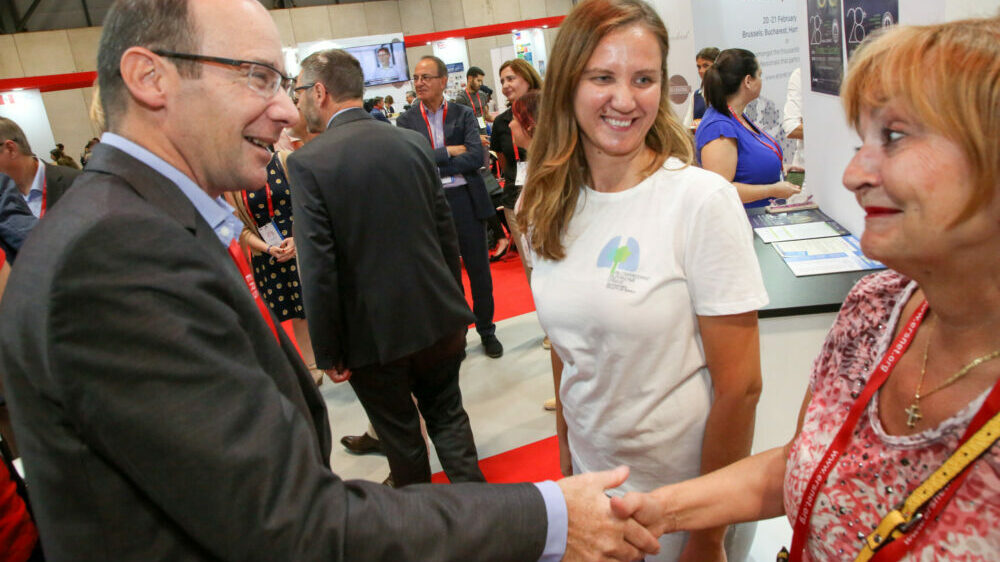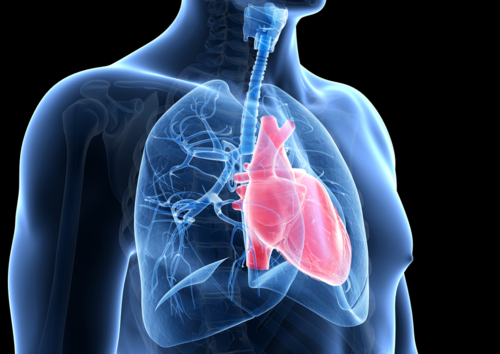A large cohort study of patients with sarcoidosis-associated pulmonary hypertension (S-APH) has revealed that pulmonary arterial hypertension (PAH)-targeted therapies may improve short-term pulmonary haemodynamics in cases of severe S-APH.
The findings are published today (19 October, 2017) in the European Respiratory Journal.
Researchers sought to assess the characteristics of 126 patients with moderate-to-severe
S-APH after an average of 6 months of various treatments, and wanted to analyse S-APH patients’ long-term outcomes in the modern management era.
Patients were treated with either:
- PAH-targeted medications
- a combination of immunosuppressive therapy combined with PAH-targeted medications
- immunosuppressive therapy or corticosteroid alone
- neither PAH-targeted nor immunosuppressive therapy
Data showed that PAH-targeted therapy improved short-term pulmonary haemodynamics without any improvement in exercise capacity, and there was no evidence of any correlation between pulmonary haemodynamics and lung function.
Based on the data, the authors state that corticosteroids or immunosuppressive therapy may also improve haemodynamics in selected patients. The also authors note that the long-term survival of S-APH patients remains poor, which may make lung transplantation a reasonable option for eligible patients.
An editorial by Dr. Robert Baughman and Dr. Oksana Shlobin, also published today in the ERJ, looks at the findings of the study in the context of existing literature on therapies for pulmonary hypertension.





